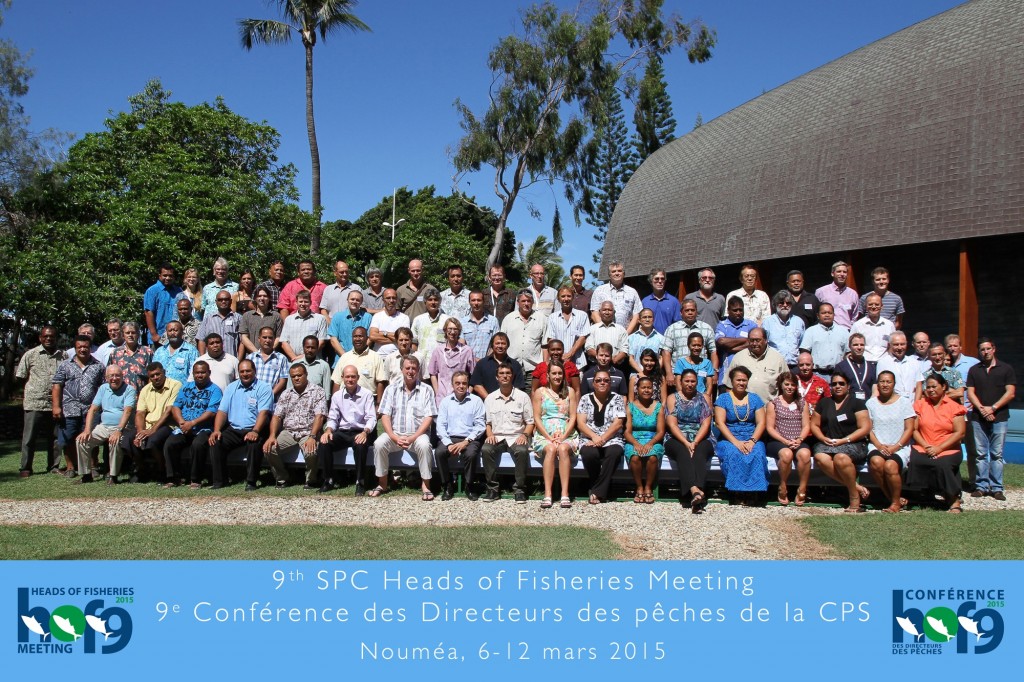In the Pacific Islands inshore fisheries are vital to the people providing the primary or secondary source of income for up to 50% of households despite the disproportionate attention paid to the offshore tuna industry by governments. Amongst rural populations, 50-90% of the animal-sourced protein consumed comes from coastal sea food. At the national level coastal fisheries carry significant cultural and economic value. Coastal fisheries are estimated to contribute 49% of the fisheries contribution to GDP, demonstrating that they are central to the Pacific way of life.
The Locally Managed Marine Area Network (LMMA) together with the regional intergovernmental agency in charge of coastal fisheries, the Secretariat of the Pacific Community (SPC), brought community members and experiences in community based adaptive co-management from the last 15 years to a regional meeting convened to develop a new coastal fisheries policy for the Pacific Islands. The meeting ,"The Future of coastal fisheries management", developed the new policy entitled the Noumea Coastal Fisheries Strategy: Pathways to Change. The policy was subsequently endorsed by the biennial Heads of Fisheries (HoF) Meeting.
The policy represents a milestone in that co-management and particularly the role of communities is recognized as a cornerstone as is the need for "informed, empowered coastal communities with clearly defined user rights". The policy draws attention to the need for enhanced support at the sub-national level, i.e. provincial and local governments who are better placed to support fishing communities. The policy is considered to support recent sub-regional coastal fisheries management policy in the form of the Melanesian Spearhead Groups coastal fisheries road-map and also encompasses the FAO Voluntary Guidelines for Securing Sustainable Small-Scale Fisheries.
The Noumea strategy will be used by Fisheries Agencies, NGOs, communities and donors to call for more attention and funding to be targeted at the management of these vital coastal fisheries resources.
















